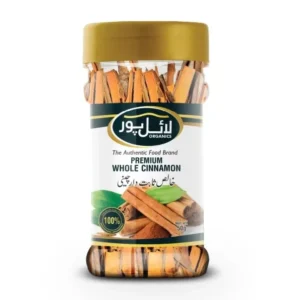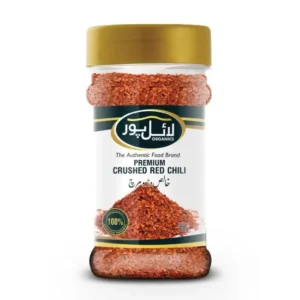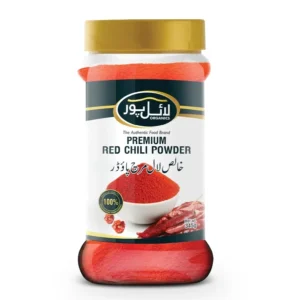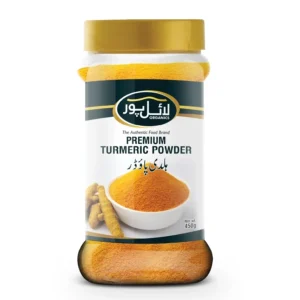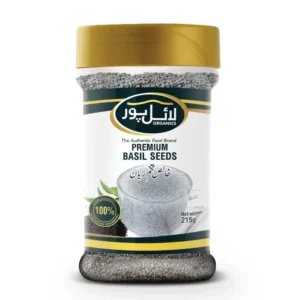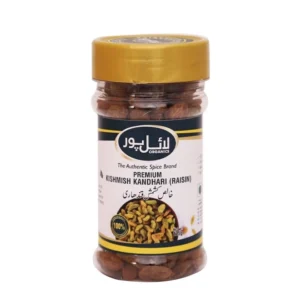Lyallpur Organics Premium Whole Cinnamon (Dar Cheeni) – 100% Natural Organic & Pure | Rich Aroma & Sweet Flavor | Perfect for Cooking, Baking & Health Benefits
Cinnamon, known as “Dar Cheeni” in South Asia, is a spice people have loved for centuries. It’s made from the inner bark of trees belonging to the genus Cinnamomum, and it has a warm, sweet flavor and a lovely aroma. That makes it a great ingredient to add to all sorts of sweet and savory dishes.
History of Cinnamon
Cinnamon’s story is as old as time, or at least it feels that way! We can find traces of its use in ancient Egypt over 4,000 years ago. Back then, it wasn’t just for flavoring food – the Egyptians used it to preserve bodies and make tombs smell nice.
For thousands of years, Cinnamon was also a big deal in China and India, where people believed it had magical healing powers. The spice comes from trees that grow in Sri Lanka, India, and Myanmar, with Sri Lanka being famous for its top-notch Ceylon cinnamon.
Cinnamon became super popular everywhere, not just for taste but to show off wealth. It made people explore the world more, which changed history forever. Now, Cinnamon grows in many places worldwide, and everyone can enjoy it in their food.
For thousands of years, Cinnamon was also a big deal in China and India, where people believed it had magical healing powers. The spice comes from trees that grow in Sri Lanka, India, and Myanmar, with Sri Lanka being famous for its top-notch Ceylon cinnamon.
Cinnamon became super popular everywhere, not just for taste but to show off wealth. It made people explore the world more, which changed history forever. Now, Cinnamon grows in many places worldwide, and everyone can enjoy it in their food.

Top Cinnamon Products by Lyallpur Organics
Benefits of Cinnamon
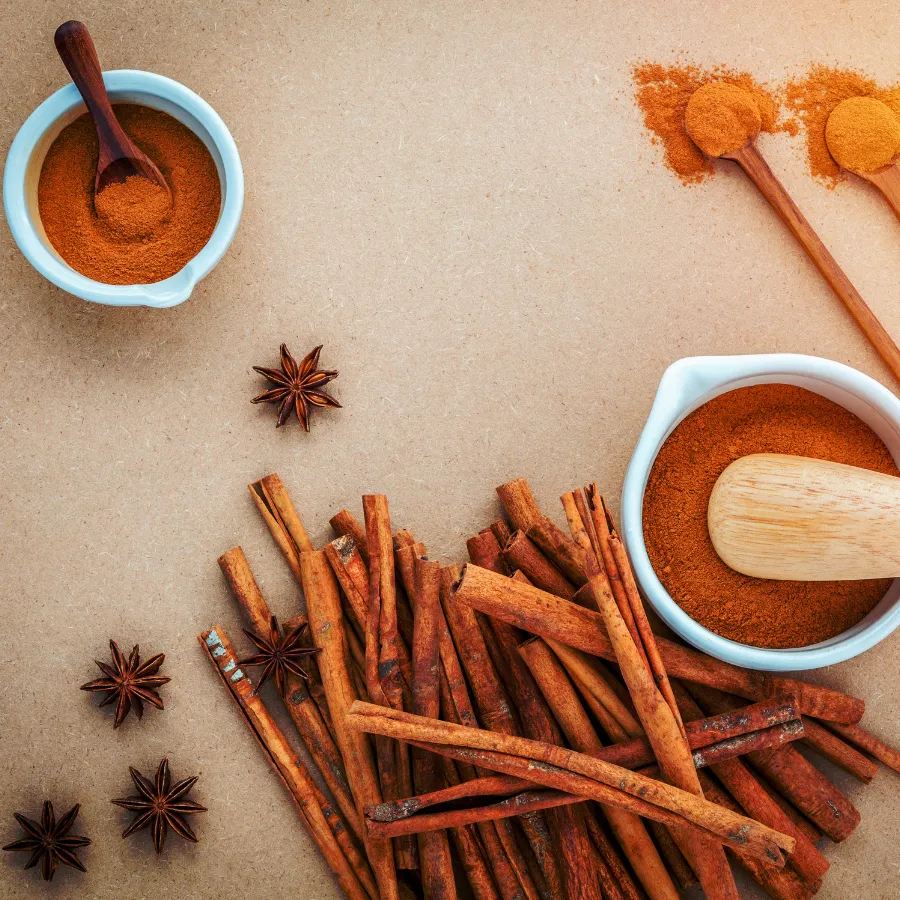
- Antioxidant powerhouse: Cinnamon shields our cells from damage by free radicals, reducing inflammation and potentially lowering the risk of chronic diseases.
- Anti-inflammatory effects: It aids the body’s natural healing process by fighting inflammation and promoting tissue repair.
- Blood sugar regulation: Helps manage diabetes by improving insulin sensitivity and slowing carbohydrate breakdown in the gut.
- Heart health benefits: It promotes heart health by lowering bad cholesterol and triglycerides while maintaining good cholesterol levels.
- Digestive aid: It settles digestive issues by reducing inflammation, easing indigestion, and relieving bloating and gas.
- Weight management support: Aids in weight management by regulating blood sugar and curbing cravings.
- Potential anti-cancer properties: Its extracts have properties that fight cancer cells and tumor blood vessel formation, but more studies are needed.
Nutritional Composition of Cinnamon (Dar Cheeni) per 100g
Macronutrients
- Calories: 247 kcal
- Carbohydrates: 80.6 grams. (Dietary Fiber: 53.1 grams, Sugars: 2.1 grams)
- Protein: 4.0 grams
- Fat: 1.2 grams
Vitamins and Minerals
- Calcium: 1004 milligrams (100% DV)
- Iron: 8.3 milligrams (46% DV)
- Magnesium: 60 milligrams (15% DV)
- Manganese: 17.5 milligrams (729% DV)
- Phosphorus: 64 milligrams (6% DV)
- Potassium: 431 milligrams (9% DV)
- Zinc: 1.8 milligrams (12% DV)
- Vitamin K: 31.2 micrograms (26% DV)

Different Types of Cinnamon (Dar Cheeni)

Ceylon
Ceylon cinnamon, the king of spices, comes from Sri Lanka and Southern India. It’s got a light brown color, a taste that’s both sweet and delicate, and a soft, easy-to-break texture. The bark is thin and papery, adding many layers to its delicate flavor. Cooks love this kind of food because of its fancy taste and because it has lower levels of a substance called coumarin, which is better if you use it a lot.

Cassia
It is darker than Ceylon cinnamon, with shades of dark brown and even some red. It has a spicy flavor and a thick, rugged texture. Unlike Ceylon cinnamon, Its bark comes in just one curled layer. It’s cheaper and has a bolder taste, so it’s a popular choice for baking and tasty dishes. But, it has higher levels of coumarin, which can be bad for you if you have too much, so it’s not the best choice for everyday use.

Saigon
Saigon cinnamon, or Vietnamese cinnamon, comes from Vietnam. This type is known for its intense sweetness and spice, which comes from having a lot of oil. It has a strong smell, a dark color, and thicker bark than other types. Its bold taste makes it a favorite for sweet and savory dishes, adding a real kick to recipes.

Korintje
Korintje cinnamon, from Indonesia (scientifically called Cinnamomum burmannii), has a milder flavor than other varieties. It has a medium-dark color and a pretty smooth texture. Korintje cinnamon doesn’t have as much oil as the others, so it has a subtler taste. This makes it a versatile spice you can use in many different dishes without overpowering the other flavors.

Malabar
Malabar cinnamon, or Cinnamomum citriodorum, is mainly grown in Kerala, India. It’s light brown, has a mild flavor, and has a unique citrusy scent. Its bark looks similar to Ceylon cinnamon. Still, it has a slight lemon smell that adds an exciting twist to its taste. This kind is rare, but it’s an excellent option for people who want to try something different.
Different Forms and Uses of Dar Cheeni

Sticks (Quills)
These are simply the dried bark of the cinnamon tree, curled into rolls. They have a warm, sweet, and woody flavor in tasty dishes, desserts, and beverages. Often used in slow-cooked recipes, mulled wines, and teas.

Powder
The most common form is made by grinding the dried bark. It is incredibly versatile and is used in baking and cooking. It is sprinkled on top of foods for an extra flavor boost.
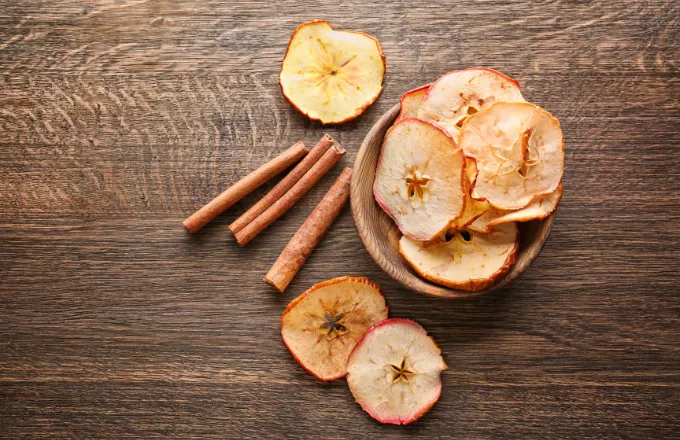
Chips
Small, irregular cinnamon bark offers a more intense flavor than powder. Often used in potpourri, simmering pots, and crafts.

Oil
An essential oil derived from cinnamon bark through steam distillation. Has a powerful, spicy aroma and is used in aromatherapy, perfumes, and even as a natural flavoring agent.

Extract
A concentrated liquid made by soaking cinnamon bark in water. Offers a convenient way to add cinnamon flavor to recipes and beverages.

Capsules and Supplements
Contain concentrated cinnamon extract or powder, often used for their potential health benefits, such as blood sugar regulation and anti-inflammatory effects.
Dar Cheeni in Cooking
Cinnamon, a beloved spice across vast culinary landscapes, weaves its magic from Indian curries to fragrant Middle Eastern stews and even sweet treats in Western cuisine. Its warming sweetness adds complexity to both savory and sweet creations.
Subcontinental Recipes
- Biryani: This fragrant rice dish, a staple in many parts of the subcontinent, often incorporates cinnamon sticks in the spice blend. The spice’s gentle warmth complements the other aromatics, creating a symphony of flavors.
- Korma: A rich and creamy curry, korma frequently features ground cinnamon, adding depth and complexity to its velvety sauce. The spice harmonizes beautifully with the tender meat and other ingredients.
- Hyderabadi Mutton Curry: This flavorful curry from Hyderabad features a unique blend of spices, including cinnamon. The spice adds warmth and depth to the gravy, complementing the rich flavor of the mutton.
- Chicken Tikka Masala: While not strictly traditional, this ubiquitous curry has become a beloved dish across the subcontinent. Many variations incorporate cinnamon, adding subtle sweetness and complexity to the tomato-based sauce.

Other Top Products By Lyallpur Organics
Buying and Storing Dar Cheeni
When buying cinnamon (dar cheeni), you must understand the types available and choose the best one for your needs. When selecting it, ensure you purchase from reputable suppliers to avoid impurities and check for a strong, pleasant aroma and consistent color without dark spots or discoloration. Opting for organic cinnamon can also help prevent exposure to pesticides and chemicals.

Proper storage of cinnamon is crucial to maintaining its flavor. Whether you have cinnamon sticks or powder, store them in a cool, dry place away from direct sunlight and heat sources. Use airtight containers to prevent exposure to air, which can cause the loss of flavor. Moisture can lead to mold growth, so dry the storage area. Cinnamon sticks should be stored in glass jars with tight-fitting lids, lasting up to 3-4 years if stored correctly. While suitable for immediate use, cinnamon powder has a shorter shelf life and should ideally be used for the best flavor within six months to a year.
Freezing the sticks is an option for those looking to store them for an extended period, although generally unnecessary unless you live in a particularly humid environment. Recognize signs of spoilage in cinnamon: a loss of fragrance, significant color change, or the presence of mold, which are indicators that the dar cheeni is no longer suitable to use and should be discarded.
Freezing the sticks is an option for those looking to store them for an extended period, although generally unnecessary unless you live in a particularly humid environment. Recognize signs of spoilage in cinnamon: a loss of fragrance, significant color change, or the presence of mold, which are indicators that the dar cheeni is no longer suitable to use and should be discarded.
Cultivating Dar Cheeni: From Tree to Spice
It thrives in warm, humid environments with ample sunshine. Ideally, temperatures should range between 20-30°C (68-86°F) for healthy growth and optimal spice production. Well-distributed rainfall throughout the year is beneficial, although some varieties can tolerate drier conditions with proper irrigation. The soil should be well-draining and fertile, with a slightly acidic pH. Sandy loam, a mixture of loam and clay with added organic matter, provides a good foundation for the crop.
Growing Dar Cheeni
- Warm, humid climate (20-30°C) with well-drained soil.
- Propagated by cuttings or layering for higher success rates.
- Planting during monsoon season (June-July) with regular fertilization.
- Harvesting bark after 18-24 months, twice a year.
- Sun-dried bark is processed into quills, powder, chips, or oil.
Cultivating it requires patience and care. It takes about three years for a cinnamon tree to mature enough for its first harvest. However, with proper management, its plantation can yield this valuable spice for many years, contributing to culinary delights and economic benefits.


